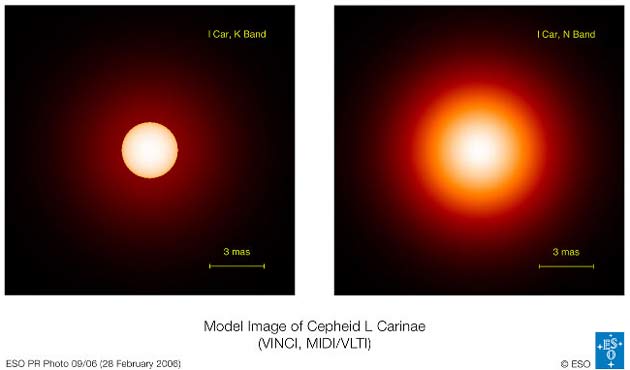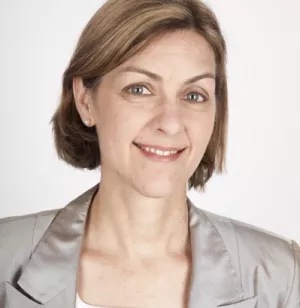Surprising Cocoons Found Enveloping Giant Stars

Scientists
The
The cocoons
'We
Most stars
Now
"Are they
Breaking space news, the latest updates on rocket launches, skywatching events and more!
The
Most stars have a life cycle that starts with some 5 billion years or more
Widespread
Cepheids
L Carinae
The finding
Astronomers
Incredibly sensitive instruments are required to
Now that
"There are

Robin Lloyd was a senior editor at Space.com and Live Science from 2007 to 2009. She holds a B.A. degree in sociology from Smith College and a Ph.D. and M.A. degree in sociology from the University of California at Santa Barbara. She is currently a freelance science writer based in New York City and a contributing editor at Scientific American, as well as an adjunct professor at New York University's Science, Health and Environmental Reporting Program.
